Photos: A View Of Flatbush, From Long Ago

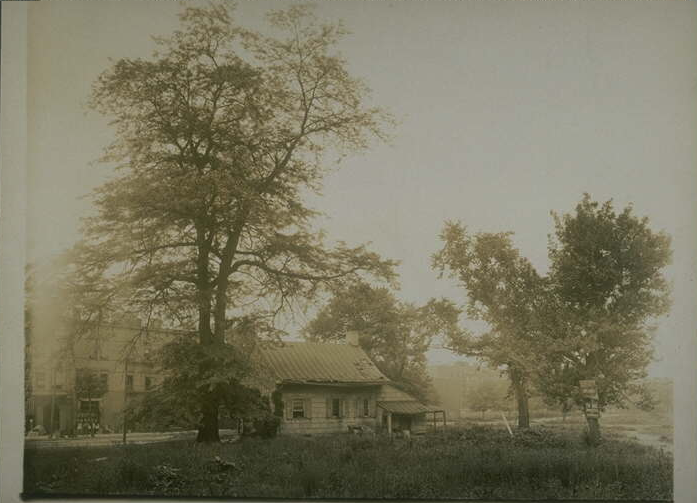 Photo via the Brooklyn Historical Society.
Photo via the Brooklyn Historical Society.
The Brooklyn Historical Society just published this amazing old photo of Cortelyou Road and Flatbush Avenue in 1916.
Julie May, the head of collection management at the Brooklyn Historical Society, notes on the group’s blog that this pastoral scene seems, well, a little different than today.
“Nevertheless, let me be sure to point out that this is the corner of Cortelyou Road and Flatbush Avenue in the Flatbush neighborhood of Brooklyn,” May wrote. “We’ve all heard of Flatbush – crazy drivers, lots of stores, double parking, people everywhere.”But, as May points out, in the early 1900s, Flatbush was still a prosperous farming area.
Dutch settlers began purchasing tracts of land in the area now known as Flatbush from the Lenape Indians by the end of the 1630s. In 1652, Peter Stuyvesant granted inhabitants a patent, and the town of Vlacke Bos or Midwout (later Anglicized to Flatbush), was established, becoming one of the six original towns in what would later becoming the borough of Brooklyn (the other five are Flatlands, Bushwick, Brooklyn, New Utrecht, and Gravesend). In 1683, the six towns became part of Kings County, established by the British after taking over New Netherlands from the Dutch. In 1898, Brooklyn consolidated as a borough within New York City. For most of that time, Flatbush was a prosperous farming area. Over the twentieth century, it transformed into one of the most ethnically diverse neighborhoods in Brooklyn.
If you’re interested in more facts about our neighborhood, you can check out the historical society’s archival collections, as well as the group’s really interesting online exhibit, An American Family Grows in Brooklyn, about the Lefferts family. Here’s a glimpse of the fascinating photos from the exhibit:
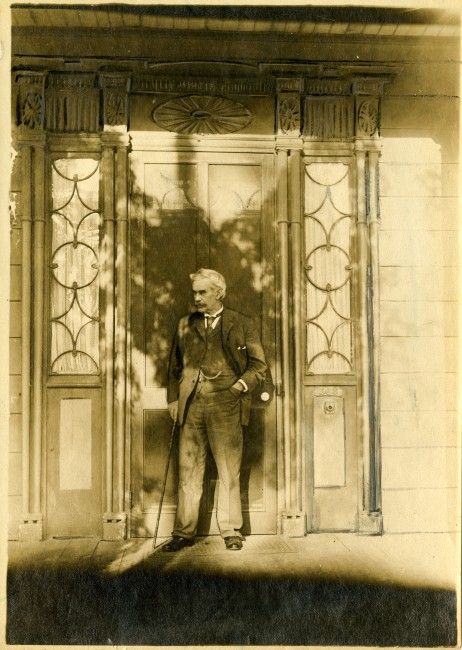
James Lefferts, photographed here in the early 1900s, stands on the front porch of the Lefferts family’s Flatbush homestead. The BHS said James was most likely the last of the Flatbush Leffertses to identify himself as a farmer.
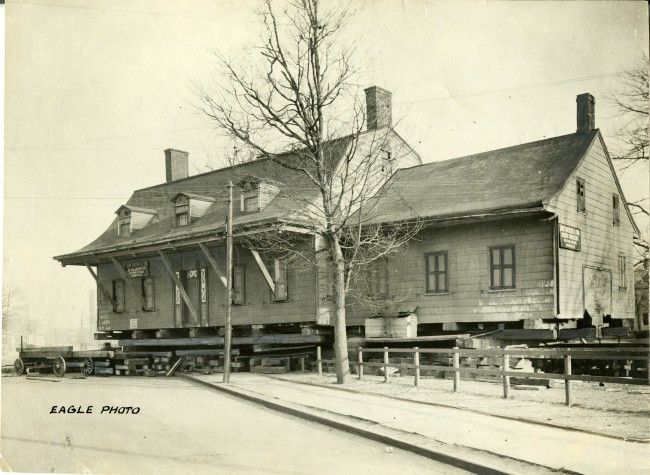
Photo of the Lefferts family’s Flatbush homestead being relocated from 563 Flatbush Avenue to Prospect Park on the morning of February 13, 1918.
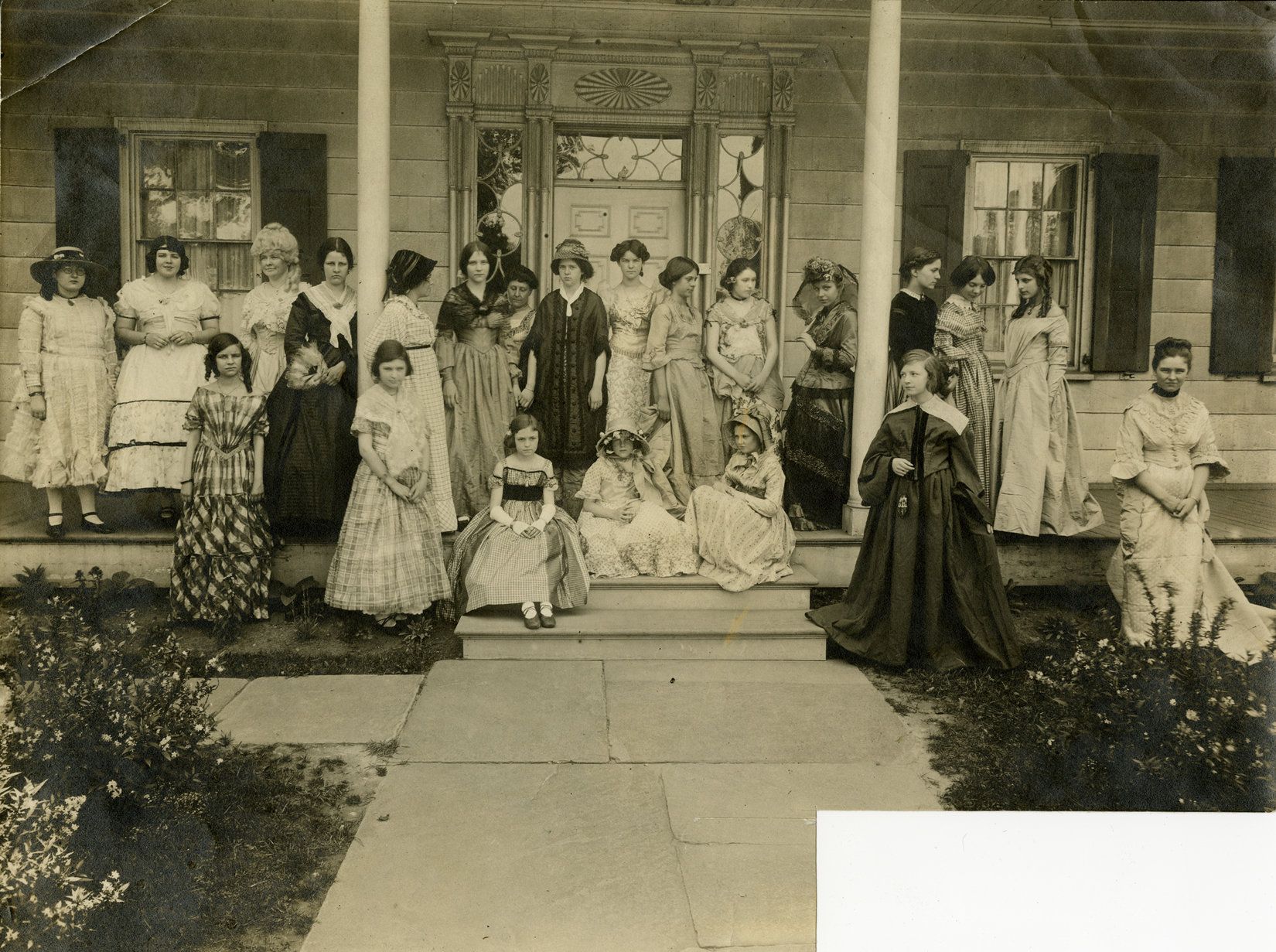
During the early 20th century, the Daughters of the American Revolution operated a museum out of the Lefferts homestead. Here, one of their historical reenactments on May 30, 1938 is pictured.
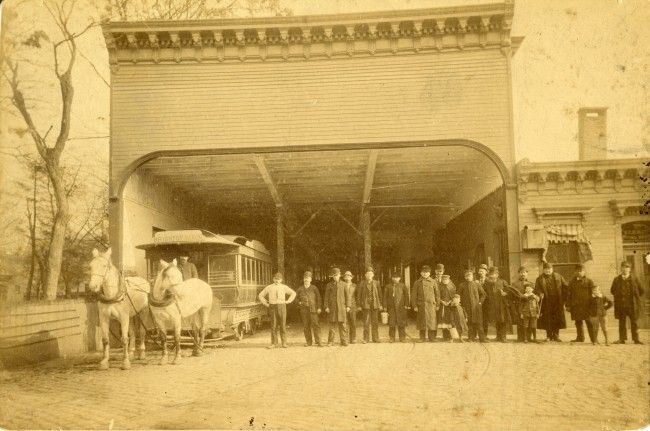
An 1885 photo of a car barn that once stood at Flatbush and Tilden Avenues. It housed horse-drawn trolleys that provided transportation between Fulton Ferry, the town of Flatbush, Coney Island, and other parts of Kings County.
If you’re interested in seeing more historical photos, visit the BHS’ online image gallery, and if you’re interested in seeing even more historic Brooklyn images, go to the Brooklyn Visual Heritage website here.




